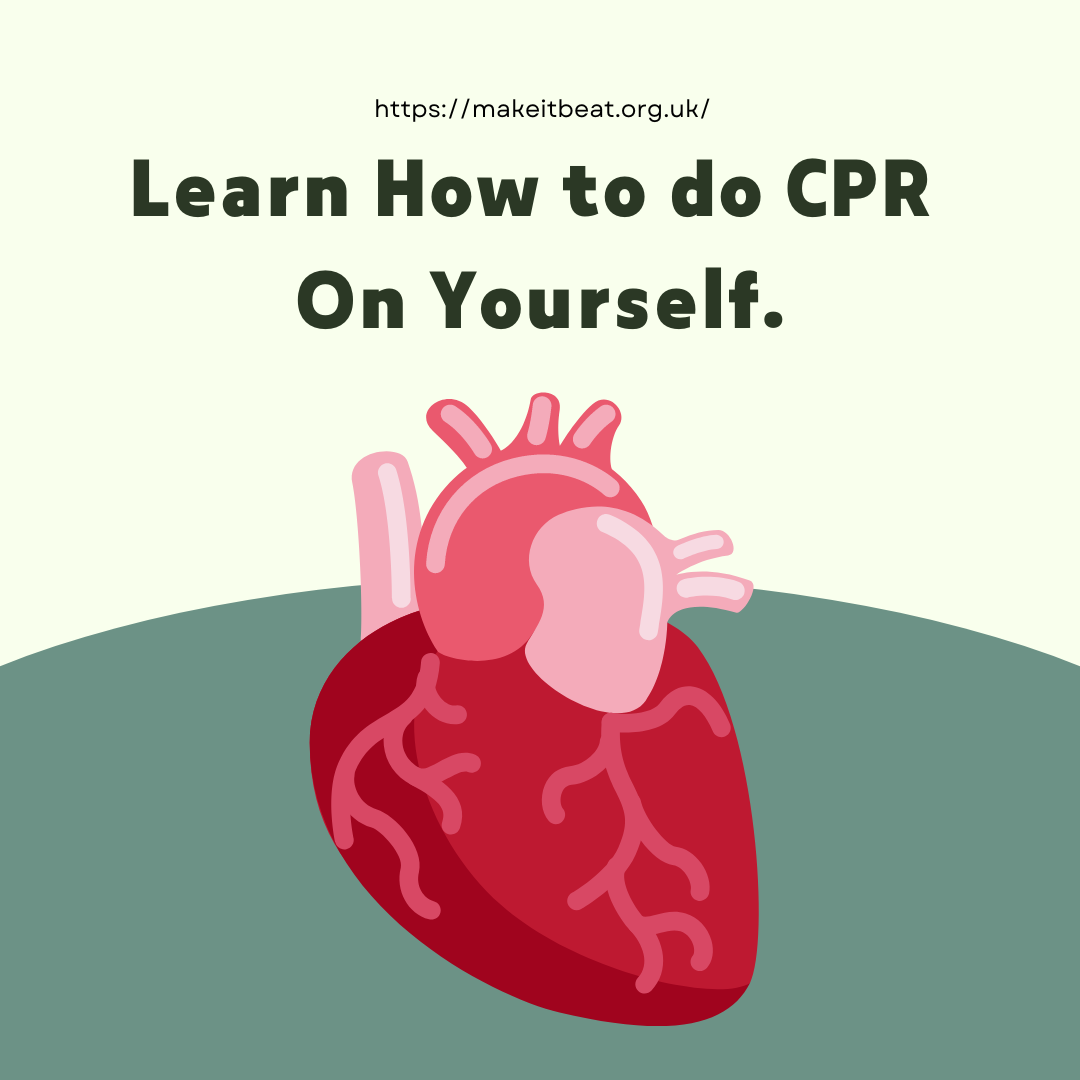Coronary heart disease (CHD) is when your coronary arteries (the arteries that supply your heart muscle with oxygen-rich blood) become narrowed by a gradual build-up of fatty material within their walls. This is the cause of most heart attacks. Coronary heart disease (CHD) is when your coronary arteries (the arteries hat supply your heart muscle with oxygen-rich blood) become narrowed by a gradual build-up of fatty material within their walls. This is the cause of most heart attack.
If a piece of this fatty material (atheroma) breaks off it may cause a blood clot (blockage) to form. if it blocks your coronary artery and cuts off the supply of oxygen-rich blood of your heart muscle, this is a heart attack.
You might also hear a heart attack called acute coronary syndrome, myocardial infarction (MI) or coronary thrombosis.
How is the heart attack diagnosed?
When the ambulance arrives, the ambulance staff will:
- examine you and monitor your heart rate and blood pressure,
- do an electrocardiogram (ECG) in the ambulance,
- assess your symptoms and medical history,
- give pain relief if needed and oxygen if your oxygen level is too low,
- give up aspirin if not given already,
- Transfer you to the most suitable hospital.
How is your heart attack treated?
Emergency medical treatment is vital. Getting to the hospital quickly and receiving specialist care greatly improves your chance of survival. If aspirin is readily available, chew a single 300mg tablet, unless you know you’re allergic to it. Aspirin helps to reduce blood clots.
In response to an emergency call for a suspected heart attack, paramedics will come to you as soon as possible. Sit and rest in the position that is most comfortable until the paramedics arrive. They’ll give you some initial treatment, such as medicines to relieve any pain and aspirin if you haven’t had any yet. They’ll probably do an ECG.
An ambulance will take you to a hospital for further tests and treatment. You may be taken to a specialist heart attack centre rather than your local hospital, even if this is further away. This is because these centres specialise in important emergency treatment that can reduce damage to your heart muscle.
During or after a heart attack, you may have an irregular heartbeat, known as arrhythmia. The most serious form of this is called ventricular fibrillation (VF). This is when the electrical activity of your heart becomes chaotic and your heart stops pumping and quivers or ‘fibrillates’ instead.
A person having a cardiac arrest will suddenly lose consciousness and stop breathing. Without treatment, this leads to death within minutes. If someone is there who can give immediate CPR (cardiopulmonary resuscitation) this can keep oxygen circulating around your body until medical help arrives. If you have a cardiac arrest the paramedic may need to use a device called a defibrillator. A defibrillator gives a large electric shock through the wall of your chest and can restore a regular heartbeat. Defibrillators are now often kept in public places where trained members of the public may also be able to use them.
Hospital treatment
Your treatment will depend on how severe your heart attack is. Once you arrive at the hospital, your doctor will determine the best treatment for you.
There are two commonly used ways to restore blood flow in a blocked artery. However, In some types of heart attack, doctors won’t offer either of these treatments because they don’t help in all circumstances.
- A coronary angioplasty (also known as a primary angioplasty or percutaneous coronary intervention (PCI)). This can be done as an emergency procedure to treat a heart attack, or your doctor may offer it as a planned procedure afterwards. A coronary angioplasty aims to widen narrowed or blocked coronary artery by inflating a balloon inside it. Your doctor will usually also insert a wire mesh tube called a stent to hold your coronary artery open.
- This is an injection to break down the clot in your coronary artery, sometimes called a ‘clot buster’. The medicine is given through an injection into a vein in your arm. However, thrombolytic medicines can increase your risk of bleeding and stroke. So your doctor may not offer them if you’re at an increased risk of this, for example, if you’ve recently had surgery.
These treatments work best when given as soon as possible after your symptoms start.
Sometimes a coronary angioplasty doesn’t work, and you may be offered a coronary artery bypass graft (CABG) instead. CABG is an operation to bypass a narrowed section of your coronary artery using a blood vessel from your chest, leg or arm. This diverts the flow of blood around your narrowed or blocked coronary artery.








